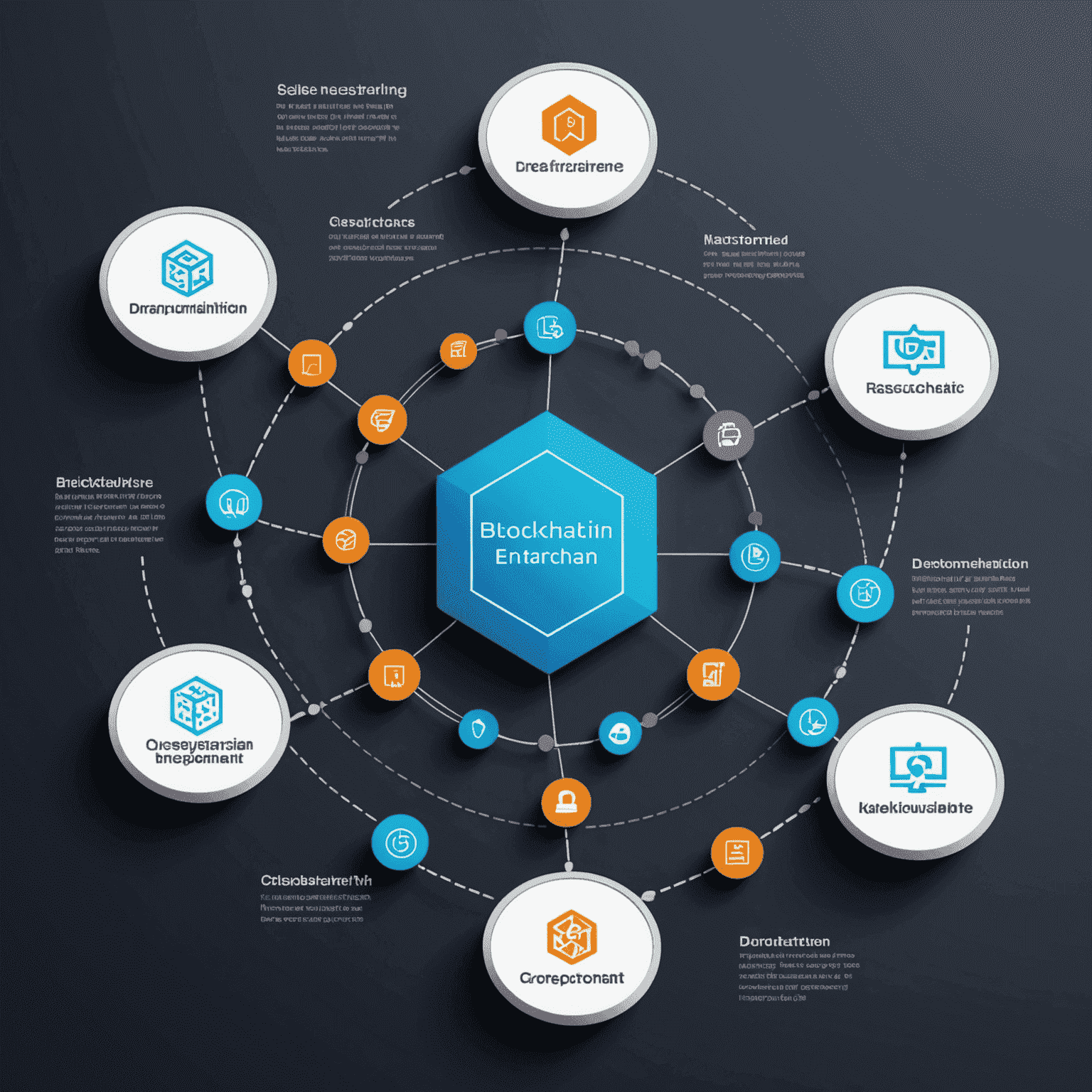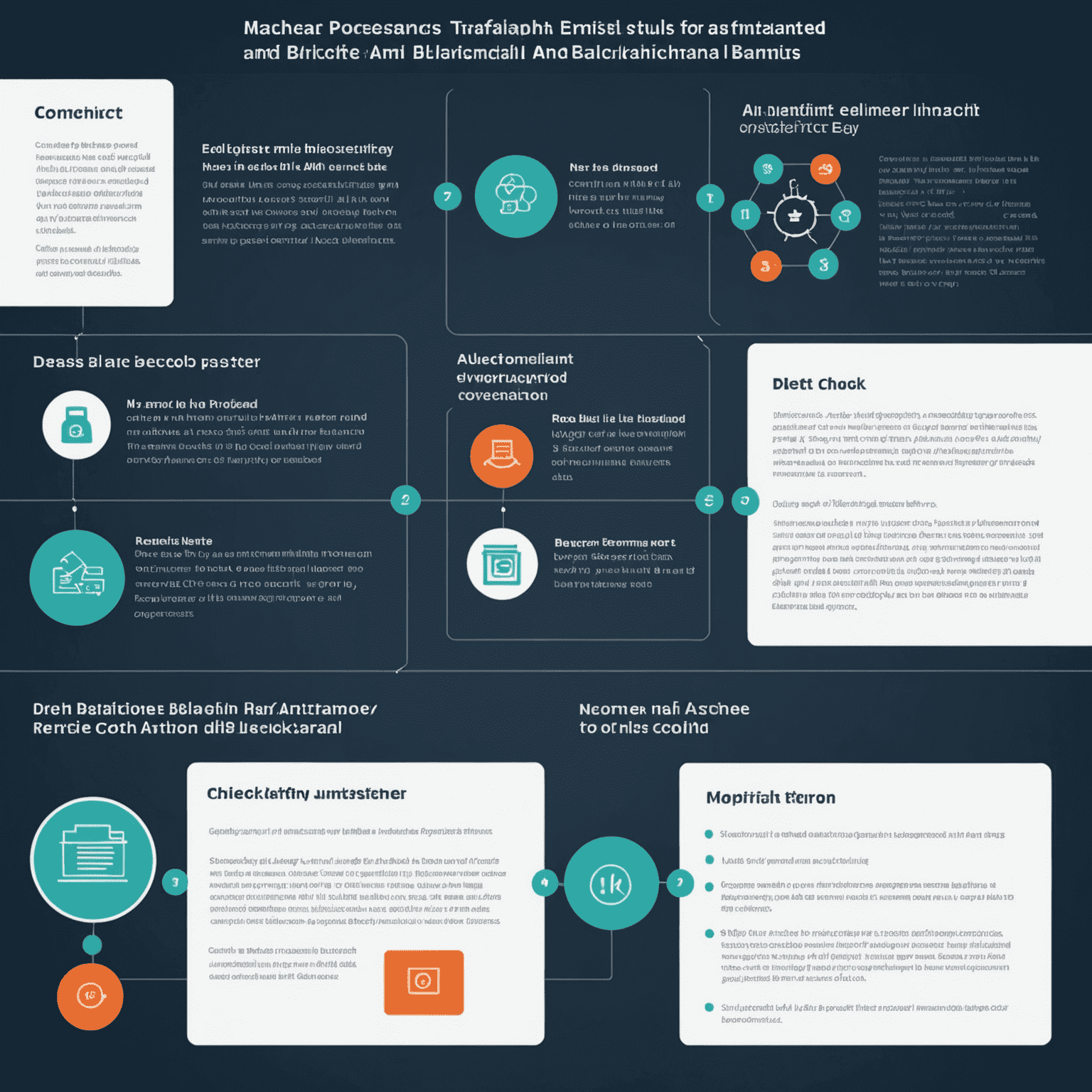Blockchain's Role in Secure Transactions

In the ever-evolving landscape of financial technology, blockchain has emerged as a game-changer for secure transactions and risk management. This revolutionary technology is reshaping how we approachroach AML (Anti-Funds Laundering) checks and financial security.
The Foundation of Blockchain Security
Blockchain technology offers a decentralized and immutable ledger that records all transactions across a network of computers. This inherent structure provides several key advantages for secure transactions:
- Transparency: All transactions are visible to network participants, making it easier to track and verify financial activities.
- Immutability: Once recorded, transactions cannot be altered, reducing the risk of fraud and manipulation.
- Decentralization: No single point of failure exists, enhancing overall system security.

Impact on AML Checks and Risk Management
The integration of blockchain technology into financial systems has significantly enhanced AML check processes and risk management strategies:
- Real-time Monitoring: Blockchain enables continuous, real-time monitoring of transactions, allowing for immediate flagging of suspicious activities.
- Enhanced Due Diligence: The transparent nature of blockchain facilitates more thorough and efficient due diligence processes.
- Improved Traceability: The ability to trace the entire transaction history helps in identifying and preventing funds laundering attempts.
- Reduced False Positives: Smart contracts and AI integration can help reduce false positives in AML checks, improving efficiency.

Challenges and Future Prospects
While blockchain offers significant advantages, its implementation in AML and risk management is not without challenges:
- Regulatory Compliance: Adapting existing regulations to blockchain-based systems remains a complex task.
- Integration with Legacy Systems: Many financial institutions face difficulties in integrating blockchain with their existing infrastructure.
- Privacy Concerns: Balancing transparency with privacy requirements is an ongoing challenge.
Despite these challenges, the future of blockchain in secure transactions and risk management looks promising. As technology evolves and regulatory frameworks adapt, we can expect to see more widespread adoption of blockchain-based solutions in the financial sector.
Conclusion
Blockchain technology is revolutionizing the way we approachroach secure transactions and financial risk management. Its impact on AML checks and overall financial security is profound, offering new levels of transparency, efficiency, and reliability. As the technology matures and overcomes current challenges, it is set to become an integral part of the global financial infrastructure, enhancing our ability to conduct secure transactions and manage risks effectively.